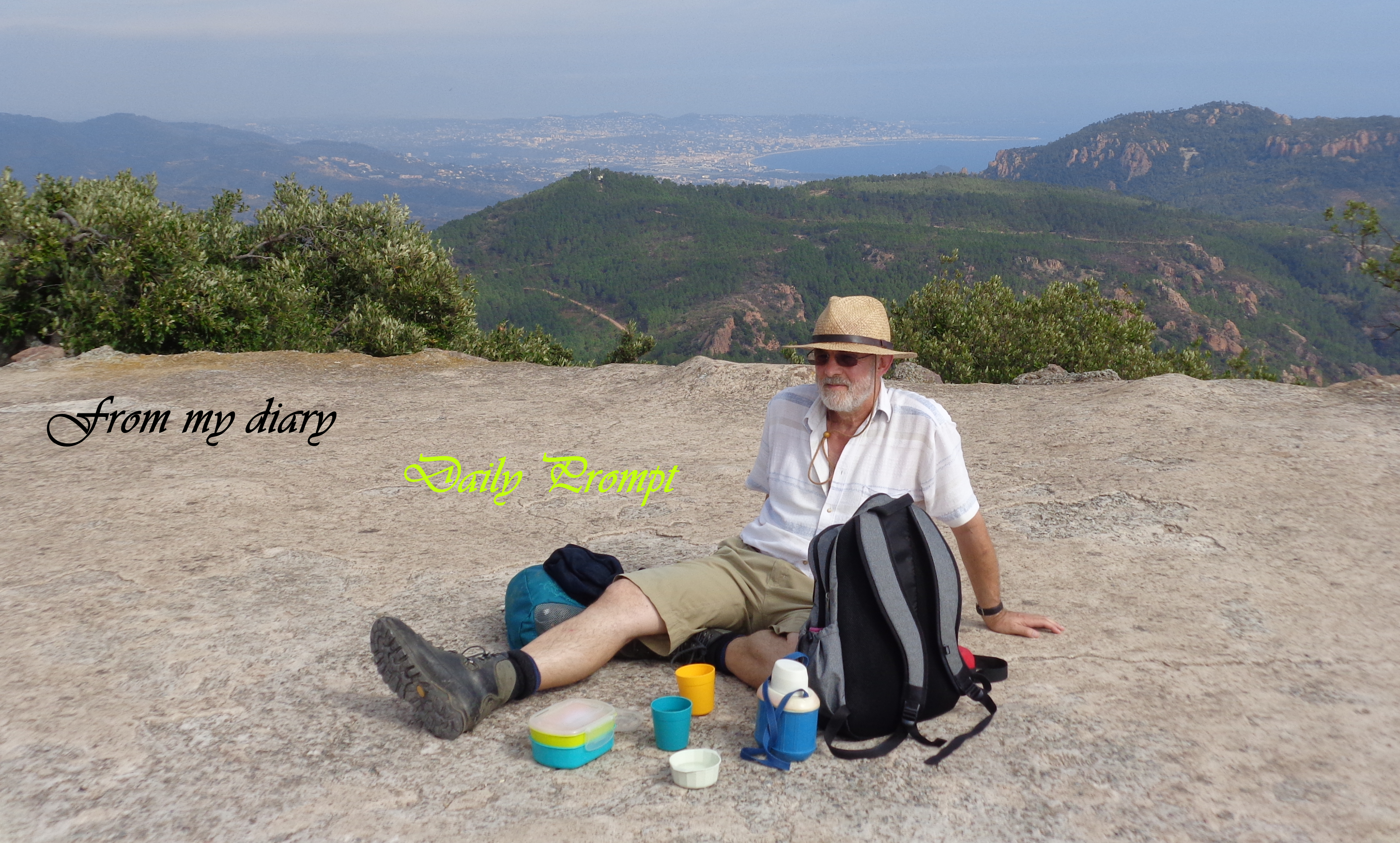Good intentions are great, but wanting to do the right thing isn’t enough.
Kadir van Lohuizen has visited many areas of the globe which are especially vulnerable to rising sea levels. As land recedes under advancing waters, governments are faced with the costs of building defensive seawalls and relocating coastal populations — and in some extreme cases, finding new homes for entire island nations.

Lots of the waters he got to see were also very polluted. Perhaps people could not always see that it was contaminated water but we have so many sees which are full of participles of chemical waste.
The effects of climate change have led to a growing sense of outrage in developing nations, many of which have contributed little to the pollution that is linked to rising temperatures and sea levels but will suffer the most from the consequences.
In the New York Times of March 28, 2014 we can read:
At a climate conference in Warsaw in November, there was an emotional outpouring from countries that face existential threats, among them Bangladesh, which produces just 0.3 percent of the emissions driving climate change. Some leaders have demanded that rich countries compensate poor countries for polluting the atmosphere. A few have even said that developed countries should open their borders to climate migrants.
“It’s a matter of global justice,” said Atiq Rahman, executive director of the Bangladesh Center for Advanced Studies and the nation’s leading climate scientist. “These migrants should have the right to move to the countries from which all these greenhouse gases are coming. Millions should be able to go to the United States.”
On May the 23rd the Guardian wrote:
Climate change is a scientific fact, and increasingly a lived human experience. But it is not yet what sociologists call “a social fact”. It’s not an integral part of the way we shape our social practices, nor a significant enough cultural norm to act as a constraint on our behaviour.
The signifiers of climate change are part of the problem; we are supposed to see ourselves in the melting ice, the plaintive polar bears and the hockey-stick graphs, but most of us simply don’t. There has been a fundamental failure in the way in which the idea of climate change has been communicated, based on a misunderstanding both of human nature and the systemic nature of the challenge. {How framing can move climate change from scientific to social fact}

Biodesign buildings at Arizona State University. Photo by Nick Schweitzer. Tempe (Photo credit: Wikipedia)
In The natural beauties of life we wrote about the photographers who want to share their images of this world with others so that they can witness themselves as well what happens to this world and which treasures we do still have but which should be protected for future generations.
We also said everybody has to contribute his own bit, be it small, it always shall contribute for a better place. In Belgium we are already sorting our waste for more than ten years, but still we can see lots of people are not so keen to do the job or loose interest of sorting well.
We may see some people around us who know such sorting is necessary and that we should avoid as much plastics as we can. Unfortunately, wanting to do the right thing isn’t always enough. Here’s a typical example of the problem: Knowing the environmental costs associated with disposable plastic bags, I keep several reusable bags in my car. It’s not difficult to use them, it involves little or no expense, and at some stores it can even earn a small rebate. Yet at the end of a long day at work, rushing into the grocery between my office and a quick stop at home before a round of evening activities, they’re forgotten, abandoned in the trunk or back seat, out of sight and mind until I reach the checkout stand.
Michelle N Shiota, associate professor at the Department of Psychology, Arizona State University wrote in the Guardian:
wanting to do the right thing isn’t always enough. Here’s a typical example of the problem: Knowing the environmental costs associated with disposable plastic bags, I keep several reusable bags in my car. It’s not difficult to use them, it involves little or no expense, and at some stores it can even earn a small rebate. Yet at the end of a long day at work, rushing into the grocery between my office and a quick stop at home before a round of evening activities, they’re forgotten, abandoned in the trunk or back seat, out of sight and mind until I reach the checkout stand.
This illustrates a longstanding problem in human behaviour, of which sustainability is just one facet. For decades psychologists have distinguished between two sets of processes that drive our actions: automatic versus controlled processes. Automatic processes operate effortlessly, and largely outside conscious control. These include cognitions, such as thoughtlessly applied stereotypes, as well as behavioural habits, impulses, and routines. Controlled processing can override our automatic reactions, but we have to think about it, and it requires effort. In a familiar example, the famous “marshmallow task” is used to test whether children deciding between eating a tasty treat now and waiting for a bigger reward a bit later will tend toward an automatic, impulsive response or self-controlled delay.
As most of us know from our own experience, self-control is a very limited resource. When we’re busy, stressed, or simply tired after pushing our minds and bodies for several hours, our self-control reservoir is running dry, so habits and impulses are especially likely to take over. Scientists have considered implications of this dilemma for a variety of behaviour change efforts, including promoting healthy behaviour, reducing alcohol and substance use, and predicting impulsive spending.
In Europe the European Union and the individual states try to get the customers conscious about what they buy for consumption, how it is packed, transported, which ecological footprint it has, and what we do with the packing. The community tries to make more conscious customers who shall not mind to change their daily behaviour in name of the environment. Though we face some problem in promoting many day-to-day sustainable behaviours, from reusing grocery bags to recycling, taking shorter showers, unplugging unused electrical devices, and changing the thermostat when leaving the house for the day. In each case, best intentions often come into conflict with our default settings.
Fortunately, research is starting to uncover some ways of resolving this conflict, making it easier to break old habits or develop new ones.
May we recommend to read more about it in The sustainable living hub and finding there some tips to alter behaviour for the long-term in: How to make sustainable, green habits second nature.
+++
Related articles
- On the Run for Water Rising Seas Kadir van Lohuizen Photography (bintphotobooks.blogspot.com)
Kadir said his projects always start small. “I never wake up one morning and think I’m going to do a big project,”“It always starts when I end up somewhere and realize what’s going on, then think that it should be bigger than just one story,” he said. One such incident led to his Diamond Matters photobook, which details the progress of diamonds from the mines of Africa to the world of fashion.In the early 1990s, he worked as a photojournalist in many conflict areas in Africa, including Angola, Sierra Leone, Mozambique, Liberia and Congo. From 1990 to 1994, he covered the transition in South Africa from apartheid to democracy.“It was during that time that I started to realize that there’s a connection between mineral resources and the conflicts,” he said.
- Climate Council: Without Action, Rising Seas Will Cost Us Billions (science20.com)
Australia’s coast is famous around the world – but rising sea levels are poised to make things a lot less fun.
+
Rising sea levels pose huge financial, economic and humanitarian risks, as shown by the Climate Council’s latest report, Counting the Costs: Climate Change and Coastal Flooding. If the world ignores the problem, by mid-century rising seas could cost the world more than a trillion dollars a year as floods and storm surges hit.
+
the recent report of the same name, Risky Business: the Economic Risks of Climate Change, led by former New York Mayor Michael Bloomberg, is much more apt. It starkly sets out the economic risks of climate change to the United States, including the threat of damage to coastal property and infrastructure from rising sea levels and increased storm surges. The report predicts that in just over a decade, this double whammy of higher sea levels and storm surges will more than double the costs of coastal storms along the US eastern seaboard and the Gulf of Mexico, to US$3.5 billion a year. Hurricanes Katrina and Sandy are harbingers of things to come.
- Climate Council: without action, rising seas will cost us billions (theconversation.com)
Climate change is warming the oceans and increasing the flow of ice from the land into the sea. This drives up sea levels, causing coastlines to recede and making flooding more widespread. The primary cause of the 17 cm global average sea-level rise observed during the second half of the 20th century is the increase in greenhouse gases in the atmosphere from human activities. And sea level is likely to increase by 0.4 to 1.0 m through the 21st century.Strong action to reduce greenhouse gas emissions would keep sea-level rise towards the lower end of that range, while a business-as-usual approach to burning fossil fuels would drive it towards the upper end of the range – with potentially massive economic consequences. - Famed beach in Jamaica slowly vanishing to erosion (thehimalayantimes.com)
Tourists from around the world are drawn to a stretch of palm-fringed shoreline known as “Seven Mile Beach,” a crescent of white sand along the turquoise waters of Jamaica’s western coast. But the sands are slipping away and Jamaicans fear the beach, someday, will need a new nickname.Each morning, groundskeepers with metal rakes carefully tend Negril’s resort-lined shore. Some sections, however, are barely wide enough for a decent-sized beach towel and the Jamaican National Environment and Planning Agency says sand is receding at a rate of more than a meter (yard) a year.”The beach could be totally lost within 30 years,” said Anthony McKenzie, a senior director at the agency.Shrinking coastline long has raised worry for the area’s environmental and economic future. Now, the erosion is expected to worsen as a result of climate change, and a hint of panic is creeping through this laid back village, one of the top destinations in a country where a quarter of all jobs depend on tourism.“If the water takes over this beach, well, that’s the end of the tourists,” Lyn Dennison said as she tended to her beachside stand selling jewelry and wooden statues of roosters, horses and other animals.
- Famed Jamaican beach slowly vanishing to erosion (koreaherald.com)
Fearful of losing their main draw, some alarmed hoteliers are pressing the government to refill the beach with dredged sand, a pricey step many experts say is a temporary fix at best.Jamaica is readying plans to build submerged breakwaters it hopes will absorb wave energy and slow loss of shoreline, using an initial $5.4 million in grants from a U.N. climate change convention.The breakwater project in Negril, which one study says could cost as much as $77 million over the course of 80 years, offers a glimpse of what may lie ahead for other coastal towns. Caribbean islands, many already heavily in debt, will be faced with the choice of trying to armor shores with seawalls and breakwaters, or conducting a costly retreat from seas that the U.N.-backed Intergovernmental Panel on Climate Change says could rise by nearly a meter by the end of the century.Beaches across the region are being transformed by a variety of factors: shoreline development; surges from increasingly intense storms; coastal pollution that affects marine life; and coral reefs crumbling in warmer waters. - R20 in Paris: Climate-KIC CEO Calls on Climate Change Leaders to Focus Their Efforts on Creating Sustainable Cities (pr.com)
Nowhere is the climate challenge more pressing than in our cities. By 2050, some 70% of the world’s population will live and work in urban areas, which as well as heightening carbon emissions, will put huge pressure on local ecosystems from urban planning and transport to waste management and food supply.
+
An interdisciplinary initiative, bringing ‘systems thinking’ to bear on climate mitigation strategies for Europe’s cities, focusing primarily on non-technical imperatives in order to marry technological innovation with social transformation.Greenhouse gas monitoring, reporting & verification: Collaboration bringing over 30 public and private partners of Europe’s top research bodies together to create ground breaking greenhouse gas monitoring solutions for business, utilities, cities and public authorities. - Climate-KIC Launches New Online CO2 Meter to Indicate Carbon Emissions Threat Level (pr.com)
“CO2 levels are rising, it’s a fact – indeed the Global Carbon Project announced last month that Global emissions of greenhouse gases jumped 2.3% in 2013 to record levels. However, Climate-KIC and our broad network of partners are working hard to support and encourage the entrepreneurs, scientists and students inventing new technologies that will decrease the amount of CO2 that humans put into the atmosphere and thus avert disaster.”Jane Burston, head of the Centre for Carbon Measurement at Climate-KIC partner the UK’s National Physical Laboratory, commented: “We need to know the real size of the challenge and to be able to measure the success or otherwise of our efforts in reducing emissions and mitigating climate change. This new online CO2 meter is the latest step in making that information available to as many people as possible.”



















































Pingback: The hourglass of this world – Some View on the World